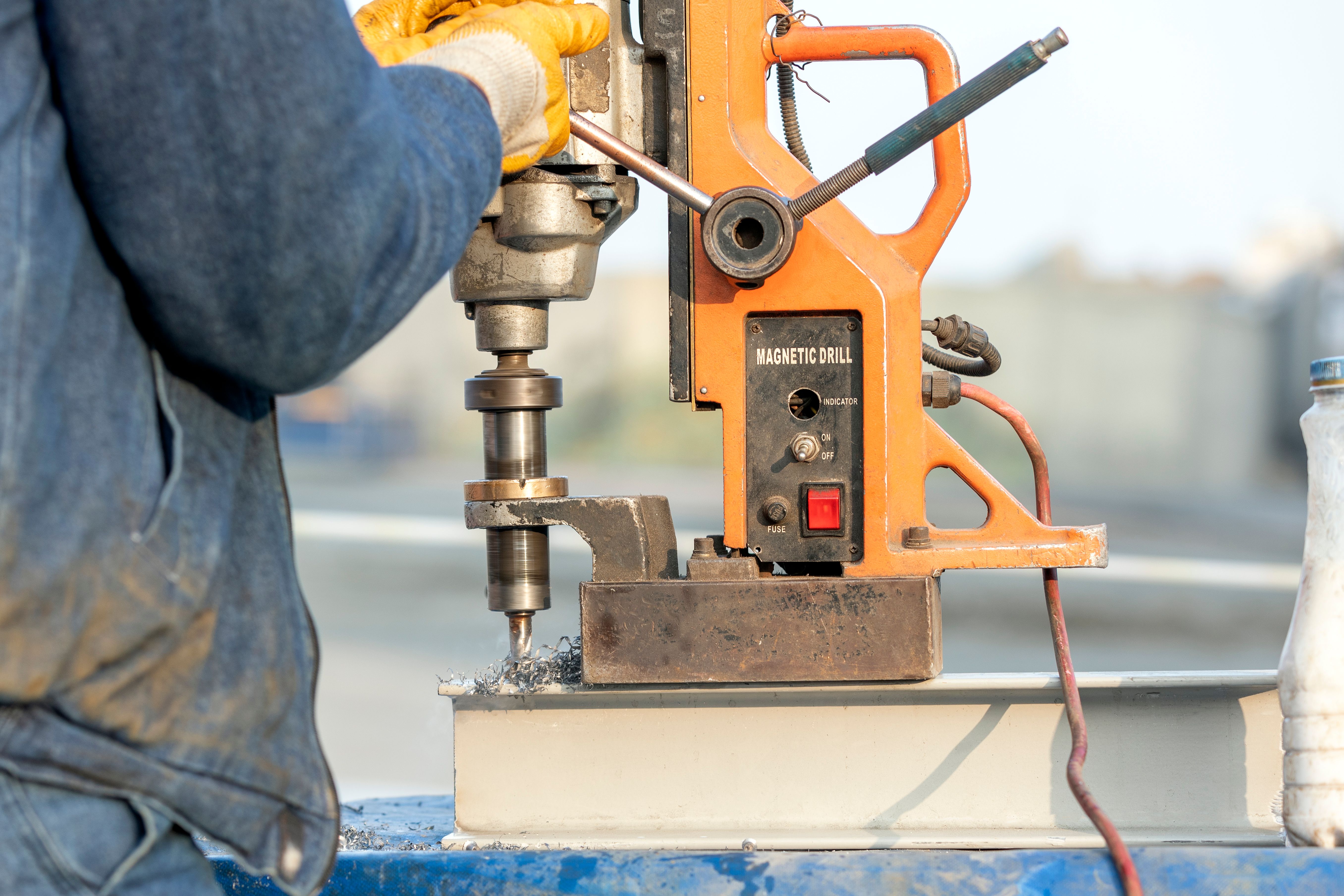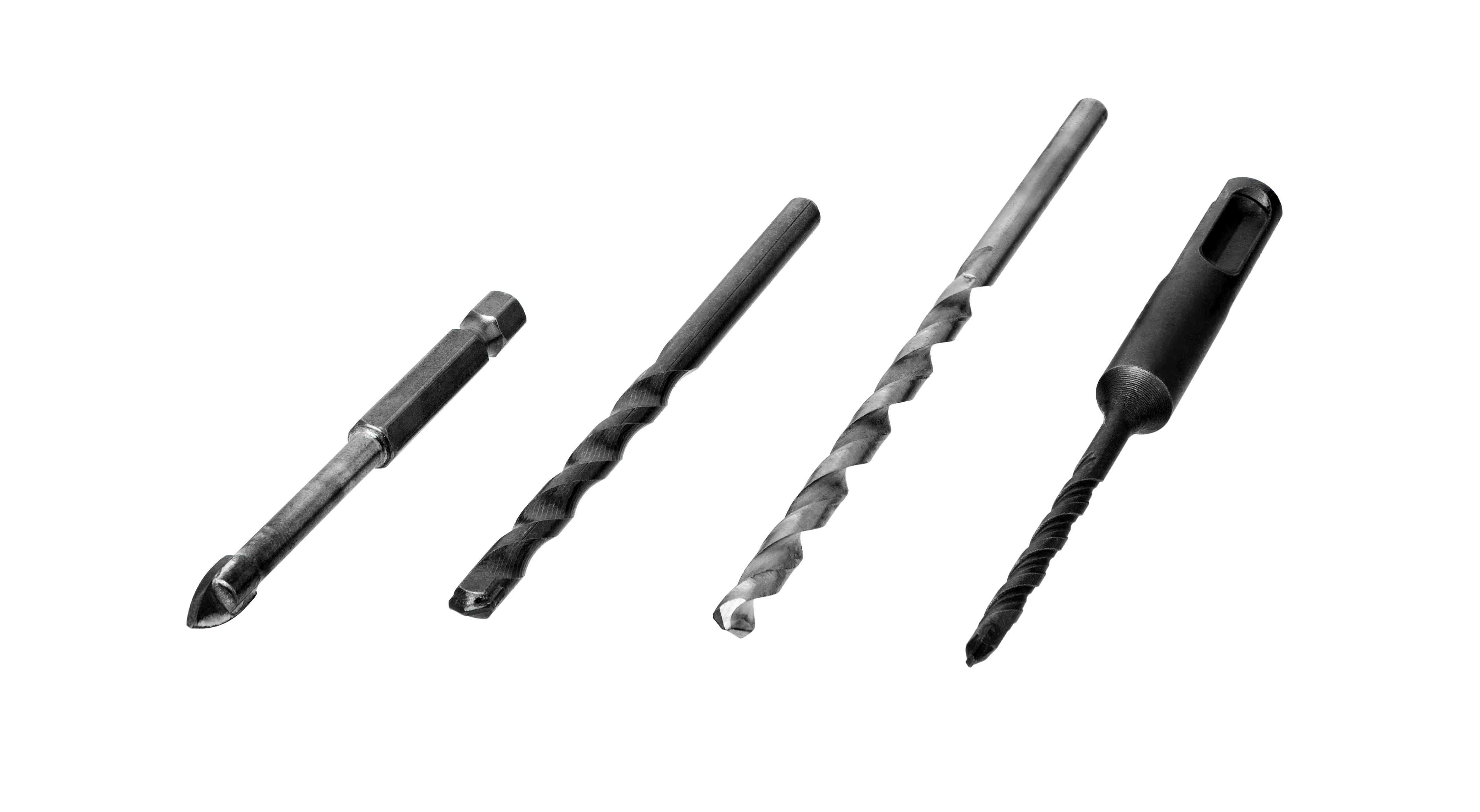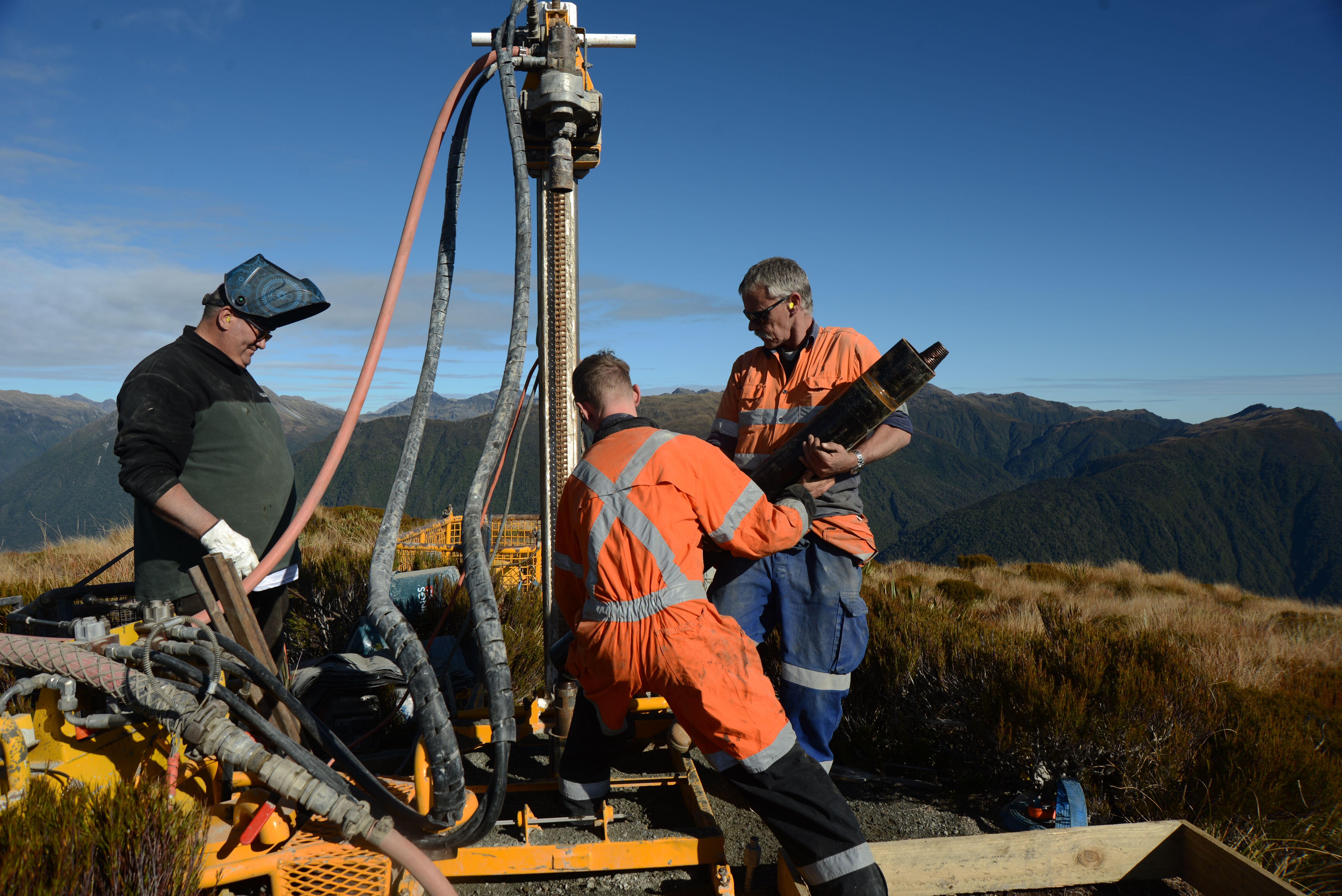Exploring Magnet Drills: Features and Benefits
RR
Introduction to Magnet Drills
In the world of construction and metalworking, precision and efficiency are paramount. Magnet drills, also known as magnetic base drills, have become essential tools for professionals who require accurate drilling in metal surfaces. These powerful tools combine portability with precision, making them ideal for on-site jobs where traditional drill presses might not be practical.
Magnet drills are equipped with an electromagnetic base that attaches securely to ferrous metals, allowing the drill to remain stable and aligned during operation. This feature significantly enhances the accuracy and quality of the work, ensuring that holes are drilled precisely where needed.

Key Features of Magnet Drills
Powerful Magnetic Base
The standout feature of magnet drills is their magnetic base. This component generates a strong magnetic field that holds the drill securely in place, even on vertical or overhead surfaces. This stability is crucial for maintaining alignment and minimizing vibrations, which can affect the precision of the drill.
Versatile Drill Bits
Magnet drills are compatible with a variety of drill bits, including annular cutters and twist drills. Annular cutters are particularly popular due to their ability to cut holes quickly and efficiently, removing only the perimeter material and leaving a clean core. This versatility allows users to tackle a wide range of projects with a single tool.

Benefits of Using Magnet Drills
Enhanced Precision and Efficiency
Thanks to their magnetic base, magnet drills offer enhanced precision and efficiency compared to conventional drilling methods. The ability to securely attach to metal surfaces reduces the chances of misalignment, leading to more accurate hole placement and cleaner cuts.
Portability and Convenience
Magnet drills are designed for portability, making them ideal for both workshop use and on-site projects. Their compact size and lightweight construction allow them to be easily transported and used in confined spaces where larger equipment would be cumbersome or impractical.

Applications of Magnet Drills
Construction and Infrastructure
In the construction industry, magnet drills are frequently used for tasks such as installing steel structures, creating mounting holes, and fabricating metal frameworks. Their ability to work on vertical surfaces makes them invaluable for infrastructure projects.
Manufacturing and Fabrication
Manufacturing and fabrication industries rely on magnet drills for their precision and efficiency in producing high-quality components. From automotive parts to machinery components, these tools help ensure that products meet strict quality standards.
Choosing the Right Magnet Drill
When selecting a magnet drill, consider factors such as the power of the motor, the strength of the magnetic base, and compatibility with various drill bits. It's also important to assess the specific needs of your projects, such as the materials being drilled and the desired hole sizes.
Investing in a quality magnet drill can significantly enhance productivity and precision in metalworking tasks. By understanding the features and benefits of these versatile tools, you can make informed decisions that contribute to the success of your projects.